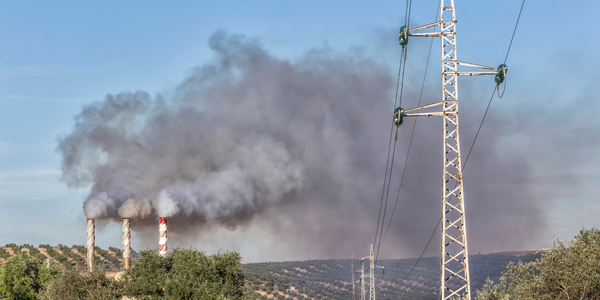Predicting Eruptions in the Masaya Volcano with wireless Sensors

- Functional Applications - Remote Monitoring & Control Systems
- Networks & Connectivity - Cellular
- Networks & Connectivity - Gateways
- Sensors - Humidity Sensors
- Sensors - Pressure Sensors
- Sensors - Temperature Sensors
- Business Operation
- Outdoor Environmental Monitoring
Volcanoes are one of the most unpredictable and impressive natural phenomenons. Worldwide researchers and scientists have always been trying to discover what happen inside volcanoes to predict future eruptions that will save lives. Their activity has provoked along years great disasters destroying entire settlements with lava flows and also endangering the environment or human health due to gas emanations or ash falls. Some vulcanologists are currently focused on working with the latest technology to monitor in real-time everything that happens inside and outside the crater to predict eruptions. Qwake, a global brand that merges ground-breaking scientific expeditions with cutting edge technology to drive positive change, has trusted in Libelium technology to develop a wireless sensor network in the Mouth of Hell, Masaya volcano in Nicaragua.
The encapsuled sensor platforms were vacuum-sealed to be protect against the heat inside the crater and also in areas next to the volcano. There were around 150 degrees Farenheit (about 65 Celsius degrees) where most of the sensors will be placed, although parts of the active volcano reach 800 to 1,000 degrees Farenheit (between 426 and 537 Celsius degrees). Waspmote Plug & Sense! Smart Environment PRO sent information directly to Meshlium Gateway and in some cases to Waspmote Plug&Sense! Ambient Control when there was low signal acting as repeater stations. This data was sent through XBee900HP. The IoT Gateway collected data and sent the information through 3G to GE database were after was visualized in Predix, a cloud-based software platform GE developed for the Industrial Internet.
Related Case Studies.











